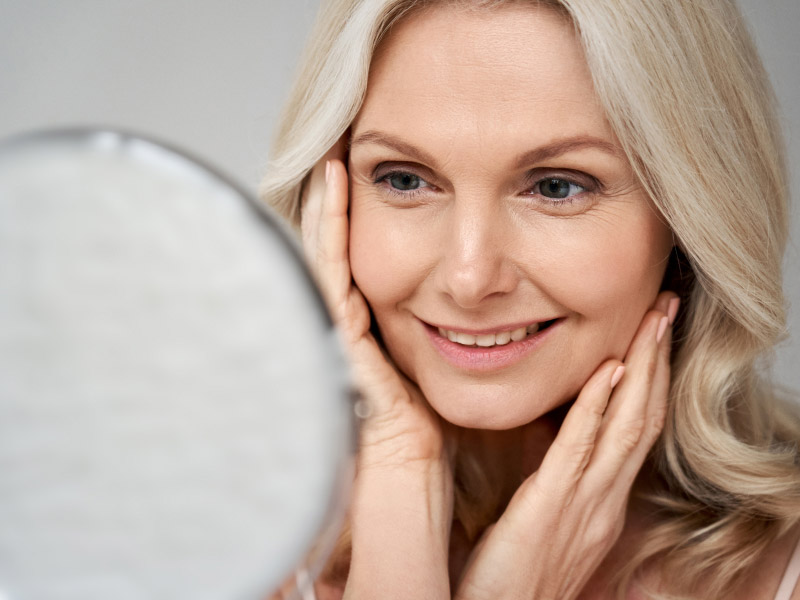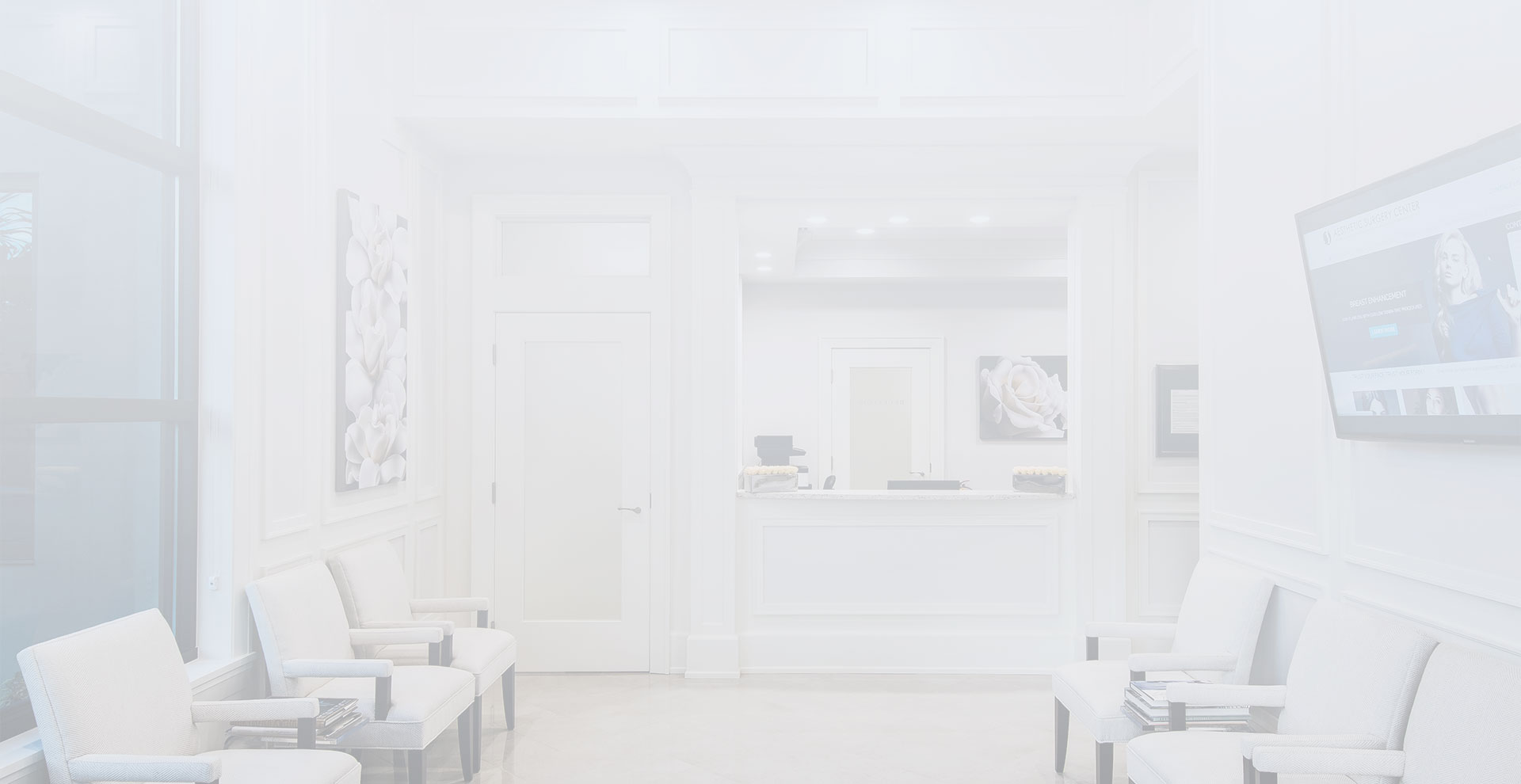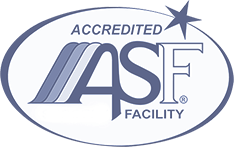Discover Youthful Fullness Fat Transfer Benefits
Fat Transfer is a revolutionary approach to natural aesthetic enhancement, using your own body’s resources to rejuvenate and reshape. This procedure not only enhances specific areas by adding volume but also improves overlying skin quality. It’s a dual-benefit, minimally invasive solution for those seeking a harmonious and natural improvement in their appearance.
Our Achievements
Facial fat transfer is an exciting procedure that allows us to volumetrically augment the face, and restore its youthful, full contours. It is well documented that the process of aging involves fat atrophy as well as descent of fat pads.
During this outpatient procedure, local anesthetic and/or intravenous sedation are used. Fat is then harvested from an area of the body such as the abdomen, hips, knees, or thighs. A very small cannula is used for fat transfer. Because the fat is not a foreign substance, it becomes incorporated as living tissue and there is no risk of rejection. There is usually an initial two-week period of bruising and swelling.
*Warning: Actual surgical video footage of facial volumization with fat injections. This video is graphic, and includes liposuction of fat from the love handles and fat injection into multiple areas of the face.
Fat Transfer vs Injectable Fillers
A face fat transfer refers to using one’s own fat to act as a filler in the face. Fat is harvested from the body, viable fat cells are separated out, and then injected back into areas such as tear troughs, cheeks, jawline, folds around the mouth, chin, etc… The fat that is grafted adds volume to the face and plumps your skin to look more refreshed and youthful. When comparing fat grafting to the face vs filler, one must consider how long each lasts, cost, quality of the result, side effects, and down time.
Fat grafting is considered more long term than injectable fillers such as Juvederm or Restylane, with fat transfer results lasting several years. As you age, you do continue to lose facial fat, and it is likely that you would benefit from additional fat transfer sessions as you age. About 30-40% of the fat that is injected survives as a living tissue graft in your body, while the remaining 60-70% resorbs within the first two months.

Injectable fillers such as Juvederm, Volbella, Voluma, Restylane, Radiesse, etc… have an immediate result, but generally degrade over a period of 6-12 months, depending on the filler. When comparing cost, it may be more cost effective to consider fat transfer as most patients have ample supply and multiple areas can be grafted with larger quantities. Injectable fillers require several syringes to accomplish results such as those gained from fat transfer, which can be costly in the end, especially when factoring in repeating this every 6-12 months. However, there are certain areas that are better treated with injectable fillers than fat, such as ingrained wrinkles or folds around the mouth.
Fat grafting is often better at treating areas such as the tear troughs under the eyes, cheeks, chin, and jawline, which are all broader areas of volume deficiency. There are more potential side effects and cons from fat transfer compared to fillers. For example, fat transfer can cause more bruising, potential for a lump or bump that cannot be easily dissolved, and potential unpredictable graft survival. However, the pros of using fat are that it is your own material, low risk of allergy, often a more natural look, and cheaper in the long run. Fat injections in the face are priced based on areas treated, time spent in the surgery, whether it’s performed awake or in the operating room with IV sedation, and complexity of the individual’s face. A consultation for fat grafting face vs. fillers is your best first step to determine which procedure is best for you.
When performing fat grafting, Dr. Agarwal chooses the size of fat that he will be using, based on areas to be grafted. For example, standard fat transfer is performed in areas where significant volume is desired, such as the cheeks and blending into the under eye hollows. However, Dr. Agarwal will use Microfat to graft more superficially in scars or deeper frown lines. Microfat is fat that has been passed through smaller transfer ports to create smaller fat particle sizes, enabling it to be put more superficially with minimal risk of lumpiness.
Fat Grafting to the Hands by Dr. Casey Holmes
The process of hand rejuvenation is intended to treat aging skin changes, fine wrinkles, and a loss of volume, which can lead to prominent veins on the back of the hand. The process takes about 9 weeks and involves rejuvenation of the skin, diminishing the appearance of prominent veins and restoring the volume of soft tissue that is characteristic of youthful hands. Downtime is minimal, largely related to the mild discomfort associated with laser treatment and filler injection. Patients can expect to return to their normal activities immediately after treatments, with some restrictions. Short-term skin changes may be associated with the BBL (Broadband Light) therapy and use of temporary fillers (Juvederm, Restylane, Radiesse). The effects may be lasting (years) if patients opt for fat grafting, which serves to both restore volume and rejuvenate the appearance of aging skin.
Fat Injection – Naples Florida Plastic Surgery
Will a Blepharoplasty get rid of my hollow eyes?

Fat Transfer Before & After Photos
* Each patient is unique and individual results may vary.
Why choose Aesthetic Surgery Center
Dr. Anurag Agarwal, M.D., F.A.C.S.
- Double board-certified facial plastic surgeon by the American Board of Facial Plastic and Reconstructive Surgery and the American Board of Otolaryngology – Head and Neck Surgery.
- Oral examiner and Board of Directors for the American Board of Facial Plastic and Reconstructive Surgery
- Former President of the Florida Society of Facial Plastic and Reconstructive Surgery
- Received his Doctor of Medicine at Philadelphia’s MCP-Hahnemann School of Medicine in 1999 and was elected to the Alpha Omega Alpha Honor Society.
- In 2016, Dr. Agarwal was honored at the annual American Academy of Facial Plastic and Reconstructive Surgery national meeting.
- Board-certified plastic surgeon by the American Board of Plastic Surgery.
- Attended medical school at UNMC (University of Nebraska Medical College).
- Was elected to the Alpha Omega Alpha Honor Society.
- Member of The Aesthetic Society, the Florida Medical Association, and Collier County Medical Society.
- General surgery residency at Loyola University Medical Center in Maywood, IL
- Plastic surgery residency at Cleveland Clinic Florida











